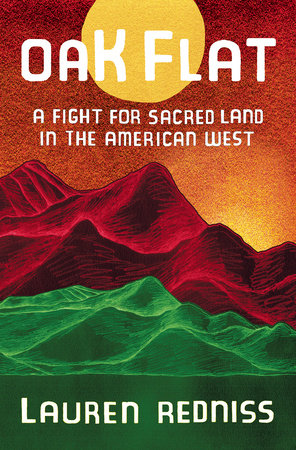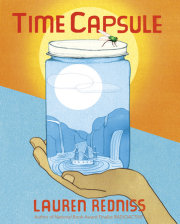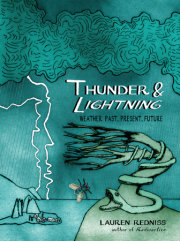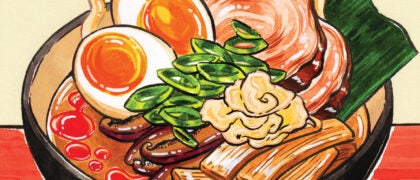Chapter 1Copper is produced in massive stars and flung out into space as those stars explode.
We look into the night sky; the heavens appear still and quiet. But as you gaze upward, you are a distant witness to cataclysmic violence. Each glittering star is a cauldron of nuclear fusion reactions many light years away. The light we see is the release of energy as the star fuses hydrogen into helium. When a star runs out of hydrogen to fuse, it surrenders to gravity and begins to contract. The star’s core becomes hotter and denser. This heat and pressure spur further nuclear reactions, forming elements of increasingly higher mass. As a large star burns through all the energy it can generate from fusion, its core tightens into a blazingly hot fist of iron.
The star implodes, then rebounds outward, forming a supernova, an explosion bright enough to outshine entire galaxies. The star is dying, collapsing in on itself at velocities of up to 70,000 kilometers per second and spewing dense clouds of hot gas into space at a third of the speed of light, driving a shock wave dozens of light years across. A supernova has the power to forge metallic elements, and as it explodes, it expels these elements into space. In these dense molecular clouds, new stars and planets form.
Some four and a half billion years ago, one of those new stars was our Sun. As cosmic debris orbited the nascent Sun, particles began clumping together, becoming asteroids, planetesimals, and, finally, over millions of years, planets, including Planet Earth.
Young Earth was a seething ball of molten rock and metal. Comets, meteors, and asteroids crashed into the new planet. Eventually, Earth’s surface began to cool and solidify. Water vapor and ice became oceans. Continents collided, were torn asunder, slid past each other, were re-formed. Molten rock known as magma churned under Earth’s surface. Magma that spews from Earth in a volcanic eruption is called lava. Magma can also crystallize underground over hundreds of thousands or even millions of years. Most magmas cool into common granites, but a small percentage concentrates metals to form an ore deposit.
Ore deposits contain coveted minerals, including gold, silver, iron, and copper. Humans have mined these materials for millennia. Today we use mined metals in construction and manufacturing, in medical devices and in agriculture, in power generation and telecommunications. In the twenty-first century, the ore close to Earth’s surface has mostly been harvested, so we dig ever deeper to access what remains.
Copyright © 2020 by Lauren Redniss. All rights reserved. No part of this excerpt may be reproduced or reprinted without permission in writing from the publisher.












